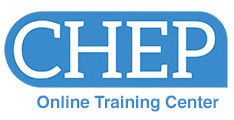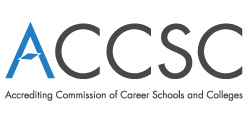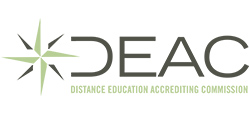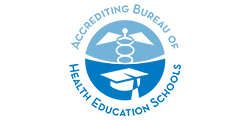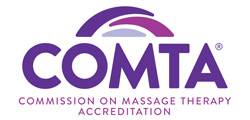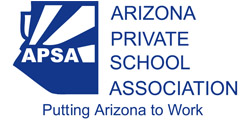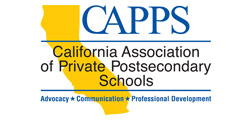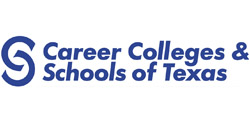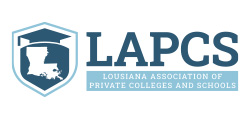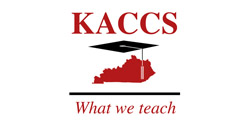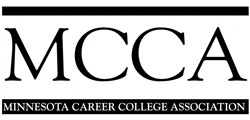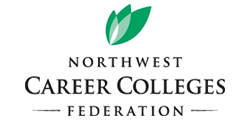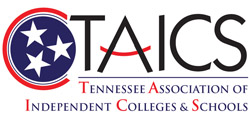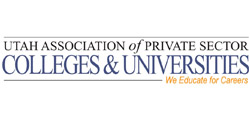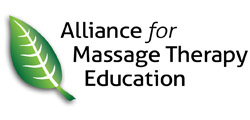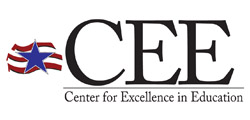Badge Evidence | Completed Courses (4 Hours Each)
CM141FERPA and Privacy: A Practical Approach
The Family Educational Rights and Privacy Act of 1974 (FERPA or the Buckley Amendment) is a federal law in the United States designed to provide students with access to, and the privacy of, their educational records. The law applies to students in higher education and educational institutions that receive funding under a program administered by the U.S. Department of Education. This course is designed to provide participants with a working knowledge of FERPA guidelines to ensure proper handling of educational records and other institutional requirements.
ED101Effective Teaching Strategies
This introductory course covers the essential roles of a teacher and the competencies required to be a successful instructor in an educational institution. Proven techniques and strategies for planning and preparation are presented and discussed. In addition, the course offers effective methods for conducting the first class meeting and delivering course content. This course provides a solid foundation for new instructors and serves as an excellent refresher for more experienced instructors.
ED110Time and Stress Management for Instructors
Outstanding teachers serve their students by guiding them through their coursework and motivating them to complete program requirements. Instructors at educational institutions are often faced with high stress resulting from heavy teaching loads and limited time. When teachers cannot manage their own time and stress, they cannot fully serve the needs of their students. This course will show instructors how to manage time and stress in their lives and teach some of these skills to their students.
ED111Active Learning Methods
This course provides an introduction to the concept and philosophy of active learning, and describes a variety of methods to help instructors "activ-ate" their class. The course includes active learning examples that utilize both critical and analytical thinking skills. We also identify the risks that may discourage instructors from using active learning strategies and offer suggestions for managing them. A three-step method is suggested for developing an active lesson, and a comprehensive model is offered as a guide for creative active learning strategies.
ED111RActive Learning Methods
This course provides an introduction to the concept and philosophy of active learning, and describes a variety of methods to help instructors "activ-ate" their class. The course includes active learning examples that utilize both critical and analytical thinking skills. We also identify the risks that may discourage instructors from using active learning strategies and offer suggestions for managing them. A three-step method is suggested for developing an active lesson, and a comprehensive model is offered as a guide for creative active learning strategies.
ED113Managing the Adult Classroom
This course compares and contrasts four styles of classroom management. The course includes "virtual visits" to animated classrooms where participants observe four instructors who exhibit different management styles. The style that is preferred by most students is identified and described, and suggestions are offered on how instructors can modify their personal style to increase their effectiveness. A four-step model for developing successful classroom management strategies is presented and is followed by a discussion of a practical, behavioral approach to classroom management. Characteristics that foster good discipline in the educational institution and in the classroom are listed and explained, and tips are offered that can improve both institution-wide and classroom discipline. Finally, a number of scenarios involving common discipline problems are described.
ED114Questioning in the Classroom
Questioning can be one of the most effective classroom teaching strategies. However, many instructors are not familiar with the techniques and research findings associated with good questioning. This course begins by comparing and contrasting the major types of questions and their most appropriate uses. Some relevant statistics and research findings are presented, followed by a discussion of four effective questioning practices. The course concludes by offering a few tips and suggestions for instructors to consider.
ED148ChatGPT and Educational Uses
This course will provide an overview of ChatGPT and how it might impact education. With an artificial intelligence (AI) language processing tool, there could be endless possibilities. However, like any other technology, its use in education is to be considered carefully, because learning will be affected. The course begins with an overview of the history of chatbots and artificial intelligence and goes on to discuss how to use ChatGPT, how teachers and students may use it, and the advantages and disadvantages of its use.
ED310Teaching Medical Terminology in Fun and Exciting Ways
Have you ever seen your students falling asleep in class? Have they been less than excited to learn medical terminology? In this course you will discover ways to teach medical terminology that keep your students interested, attentive, and highly engaged in the critical concepts and applications they need to know. Learn to use these active methods, as well as the reasons behind them, and watch your student success rates increase as you adapt and apply new methods to your medical terminology classes.
Please note that ED310 presents learning activities that are applicable to the on-campus classroom or lab. It is not designed for instructors who teach Medical Terminology in the online environment.
ED400Coping with Stress and Burnout
Stress is something that is present throughout all workplaces in the world. It is often something that cannot be avoided, but instead, must be properly managed. Burnout on the other hand, is something that is less frequent, but far too prevalent. Burnout can cause even the best worker to slow down in productivity and quality (often dramatically). Throughout this course, we will discuss stress, burnout, and many of the causes that you may notice on even a daily basis. We will discuss how to appropriately handle and mitigate stressors, and how to lessen the risk of burnout occurring.
ED401Basics of Crisis Management
Crisis management begins with creating and implementing a plan of action that can be executed efficiently and quickly. As an educator, it will be important to recognize signs of crisis in yourself, fellow coworkers, and even students on campus. If you are an administrator, it not only takes a keen eye to recognize signs of crisis in yourself, but this also applies to recognizing crisis in others around you. In this course, you will explore the various aspects of a crisis, how to identify individuals in crisis, and how to appropriately respond to those individuals to improve the overall situation.
ED405Essential Teaching Strategies
This course emphasizes teaching strategies that can be implemented within different types of lessons to promote teacher proficiency, student motivation, and achievable outcomes. Topics relating to teaching methods include direct, indirect, interactive, and independent instruction. By utilizing various teaching strategies and methods, an instructor can approach teaching topics in a variety of ways. The goal of this course is to help develop a better understanding of essential teaching strategies, and produce tangible resources to help implement plans, strategies, and ideas at your institution. In addition to lecture videos, resource links, and assessments, you will be able to utilize Journal and Learning Activities, which will continue to be useful after successful completion of the course.
ED406Motivating Others
Motivation can be the difference between success and failure. In this course, the idea of how motivation impacts people will be discussed. Activities will focus on improving motivation in students, and other people you interact with, as well as yourself. The goal of this course is to help develop a better understanding of the topic, and produce tangible resources to help implement plans, strategies, and ideas at your institution. In addition to lecture videos, resource links, and assessments, you will be able to utilize Learning Activities, which will continue to be useful after successful completion of the course.
EE101Emergency Response Plan
This course will familiarize you with the key components of the Emergency Response Plan. The plan is designed to ensure the safety of students, faculty, and staff in the event of an emergency. By completing this course, you will be better prepared to respond safely and effectively in the event of an emergency at your institution.
EL101Designing and Developing Online Courses
This introductory course will provide you with the knowledge and skills to create successful online courses, whether for faculty-supported distance education delivery or as a supplement to classroom instruction. You will learn to design and develop online courses that have structural integrity and navigational simplicity with a focus on student-centered learning and intellectual interaction. The course covers various learning activities that are supported in an e-learning environment and describes the typical components of an online course. We will provide you with the media strategies and course design methodologies that will allow you to develop online courses in an effective and efficient manner.
EL102Online Teaching Techniques
Your degree of success as an online instructor relies heavily on several factors, among which are your level of preparedness before the date on which the course is launched; your ability to make a smooth transition into the roles and responsibilities associated with teaching in an online environment; and the effectiveness and efficiency with which you manage learners, instructional transactions embedded in the course as well as the learning environment. In this course, you will learn how to project your authority and presence into the e-learning environment, build a relationship with each learner, promote and nurture learner participation, provide informative and constructive feedback in a timely manner, minimize attrition, manage communications, manage unacceptable behavior and resolve disagreements.



